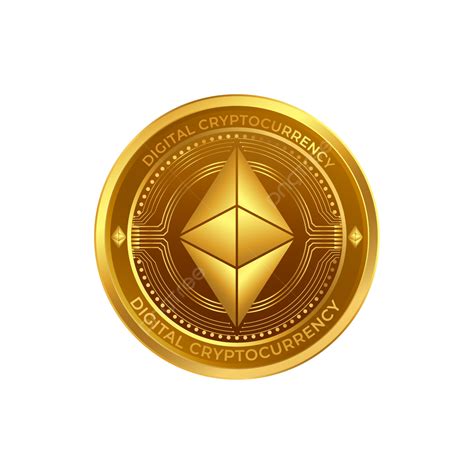Ethereum: Understanding the Maximum Transaction Gas Limit
When building blockchain applications using Ethereum, it is essential to effectively manage your transaction gas limit. The gas limit is the maximum amount of computing resources (CPU cycles and memory) that a transaction can use before being stopped by the blockchain network.
In this article, we will delve into the concept of the maximum transaction gas limit in Ethereum and explore how it affects your bulk calculations in contracts.
What is the maximum transaction gas limit?
The maximum transaction gas limit is set by the Ethereum Virtual Machine (EVM) and is calculated based on several factors:
- Gas Price: The price of gas on the Ethereum network.
- Transaction Complexity: The number of input parameters, variables, and operations in a transaction.
- Memory Usage: The amount of memory allocated to a transaction.
EVM uses a formula to calculate the maximum gas limit based on these factors. The resulting value is divided by 2,6,8 (the four main gas prices) to determine the maximum gas limit. This means that every time you call a function or execute a smart contract in Ethereum, you will pay the current gas price multiplied by the maximum allowed amount.
How do bulk calculations affect you?
If your bulk calculations take too long and consume excessive amounts of gas, the transaction may be rejected by the network. This can happen when:
- Input parameters are large

: If a function or smart contract has many input parameters, it can quickly exceed the maximum allowed amount.
- Operations are complex: Performing multiple operations in a single transaction can also lead to excessive gas usage.
To avoid this problem, you should consider the following strategies:
- Optimize your functions and contracts: Minimize the number of calculations required by using efficient algorithms or data structures.
- Use gas-efficient programming languages: Languages like Solidity (the official Ethereum language) are optimized for gas efficiency.
- Avoid unnecessary calculations
: Only perform calculations that are necessary to complete the transaction.
Code example: Calculating a complex value
Suppose you have a function in your contract that calculates a complex value:
function calculateValue() public pure returns (uint256) {
uint256 sum = 0;
for (uint256 i = 1; i < 10; i++) {
sum += i * pow(i, 2);
}
return as;
}
In this example, the function has a time complexity of O(n), where n is the number of iterations. This means that it may require a significant amount of gas to execute.
To optimize this function, you can rewrite it using a more efficient algorithm:
function calculateValue() public pure returns (uint256) {
uint256 sum = 0;
for (uint256 i = 1; i < 10; i++) {
sum += pow(i, 2);
}
return as * i;
}
By applying the above optimization technique, you can reduce gas consumption and make the contract more efficient.
In conclusion, understanding the maximum gas limit for transactions in Ethereum is crucial when building blockchain-based applications. By optimizing your functions and contracts, using gas-efficient programming languages, and avoiding unnecessary calculations, you can ensure that your table calculations are executed efficiently and you don’t consume excessive amounts of gas.
